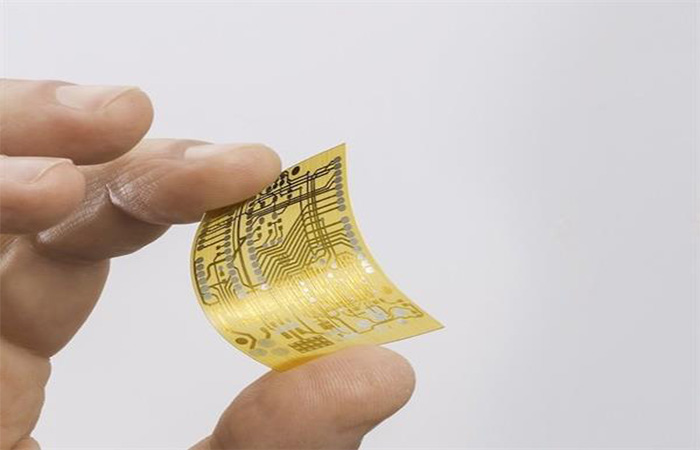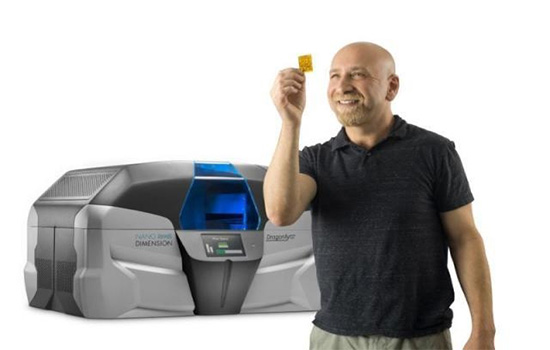Electronics is one of the areas where 3D printing is getting more and more dominant and a new project on the segment came up to the agenda. Aiming to offer ceramics’ advantages to electronics, Nano Dimension began working with the funding support it received.
3D printed electronics manufacturer, Nano Dimension Ltd. wishes to prove its expertness with an exciting project.Accordingly, the subsidiary of Nano Dimension Ltd., Nano Dimension Technologies Ltd. will receive a funding from MEIMAD Israel Innovation Authority.

The total approved budget for this project is 372,000 thousand dollars of which the Israel Innovation Authority will finance 50%. The terms of the grant provide that the company will pay royalties on future sales of any funded technology up to the full grant amount. With the funding, Nano Dimension aims to develop ceramic materials that can be printed with inkjet technology.
The mechanical strength and thermal resistance properties of the ceramic materials make them a crucial element used for a variety of needs in the aerospace and aviation sectors. The technologies available today to create ceramic elements are expensive, time consuming from the design stage until final assembly, and do not support the creation of complex structures.
Nano Dimension’s novel 3D printing technology enables the creation of precise 3D manufacturing, while using a variety of different materials through a single manufacturing process. The combination of a fast manufacturing process together with high printing resolution and multi materials, results in the ability to manufacture elements with advanced properties. Nano Dimension’s technology has the potential to create the next generation of ceramic elements for the aerospace and aviation sectors.

A ceramic material is a solid material that is neither organic nor metallic. The mechanical properties of ceramic materials are crucial in structural and building materials, as well as textile fabrics. These properties include elasticity, plasticity, tensile strength, compressive strength, shear strength, and more.
